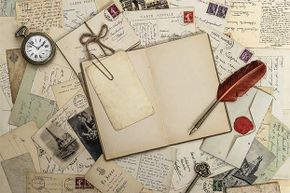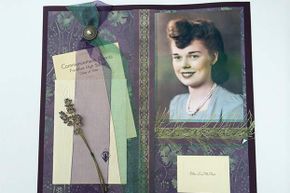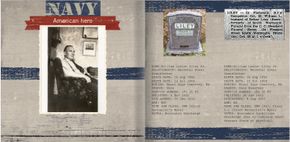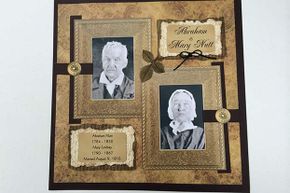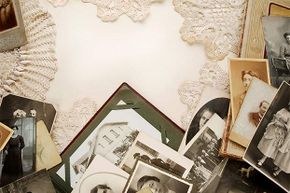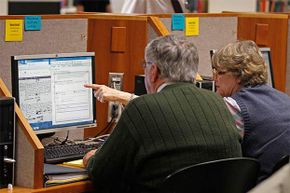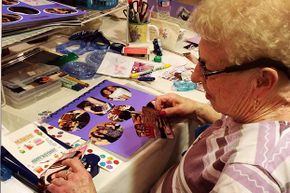Off the top of my head, I know a lot about my mother, a fair amount about the woman who gave her life and practically zilch about anyone who came before her. Time simply moves much faster than we realize, with seriously important ancestors fading into the background despite having often lived long, full and memorable lives. Creating a couple of genealogical scrapbooks will paint a broad and interesting picture of those kinfolk who helped to shape your family.
The idea of starting work on a heritage album might seem daunting, but it can actually be a fulfilling, enlightening and – dare I say – fun activity to share with the entire brood. So what're you waiting for? Grab a computer, telephone or hit the craft store and get started, already! Here are some tips.
Advertisement
